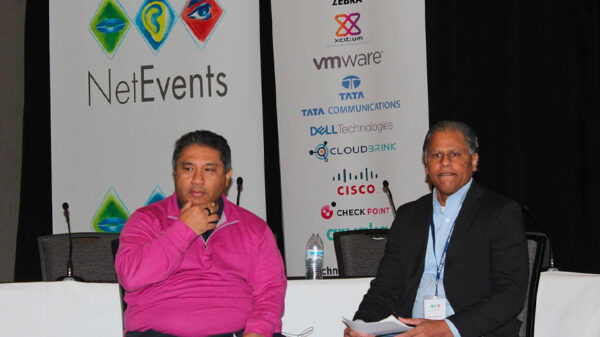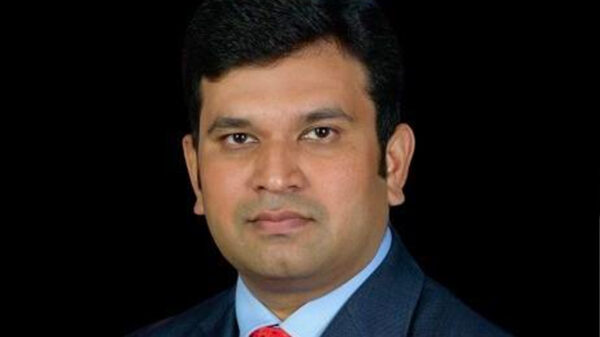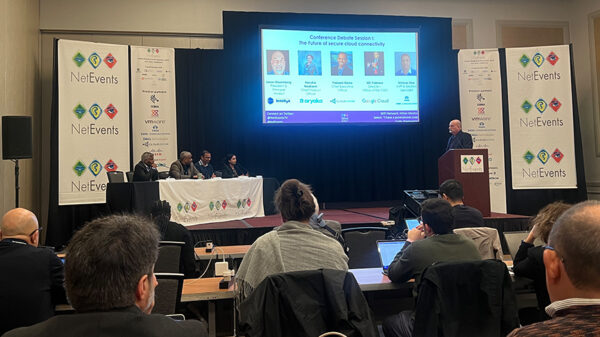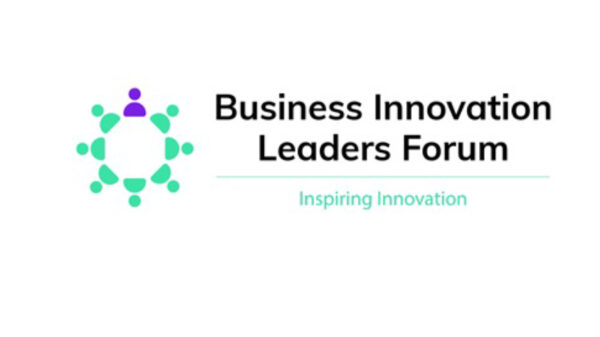NetEvents has hosted the APAC Cloud Summit 2013 in a bid to highlight the relevance of adaption to cloud computing as a solution to technological issues encountered by various companies from various industries.
According to David Coyle, managing vice president of Gartner, 55% of CIOs they surveyed believe that all apps and operations will be sourced via the cloud by 2020. Already, 3% is already there, with an estimated additional growth of 25% by 2016, and further 27% by 2020.
James Walker, president of Cloud Ethernet Forum, noted that “we hear a lot about the shift to cloud”, though for this to succeed, “a large of scaling is needed.”
Nan Chen, president of Metro Ethernet Forum (MEF), said that – for MEF in particular – in the beginning in 1973, the concept was just to share printers. By the 1980s, this evolved into connecting personal computers. “But over the last decade, we’re working on a different plane – we want it to support any connectivity with QoS, and to have it automated, on-demand, and instantly.” In fact, the Carrier Ethernet services industry that MEF created is now worth $32 billion. “The total worldwide bandwidth purchased for Ethernet services now exceeds Legacy, and is on track to be 75% in four years.” Chen added that cloud revenue is estimated to reach $160 billion by 2020.
For Doug Wills, senior director for product marketing of JUNOS and SDN Juniper Networks: “I would definitely keep them (i.e. businesses) focus on the future. Going forward, there’s a real opportunity in… scaling businesses by using cloud infrastructure, which makes a lot of sense.”
This is because consuming information technology (IT) services through the public cloud offers economies of scale and frees up resources, while a private cloud trades greater CapEx and specialist skills against the benefits of direct control. While both have advantages, many CIOs actually opt for the hybrid mix, and – beyond this – also look for flexible approaches for more freedom to switch cloud providers as the market evolves.
For IDC, future IT investments will in the long term be evaluated in terms of strategic business goals, so that the role of the CIO will become more strategic.
“Staffs are getting integrated,” said Wills. In the new world, companies had different people for different posts, “but because of cost efficiencies, positions are (merging). In the past, companies would have different experts for Juniper, for HP, and so on. But (you have one go-to) person for these.”
For adoption to succeed, though, “the way of thinking has to change”, added Tawhid Rijwanur Rahman, general manager for service planning at Grameenphone.
There are various industries that could benefit for changes, including healthcare, finance and travel.
There are also emerging cloud-based business models, as a shift is seen from just “information technology” to “innovation technology”.
Established in 1996, NetEvents organizes key communication channels between press, analysts, equipment manufacturers, software companies, telecoms operators, datacenter/hosting companies, system integrators, IT channel partners and leading industry associations in the networking and telecoms marketplace. Its events include press and analyst summits; service provider summits; channel summits; and innovation summit.


















































































































